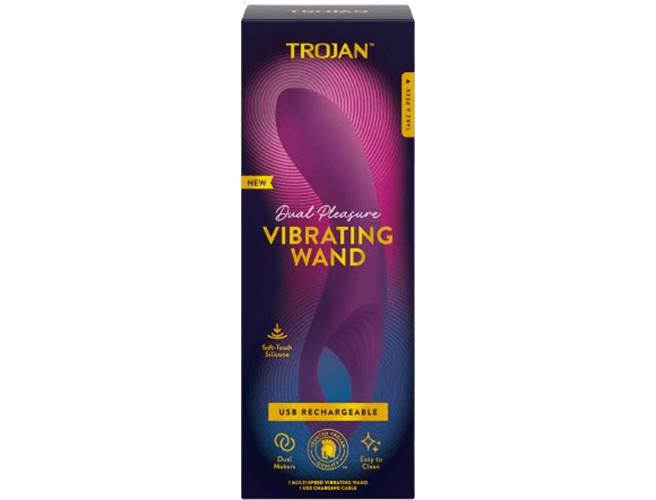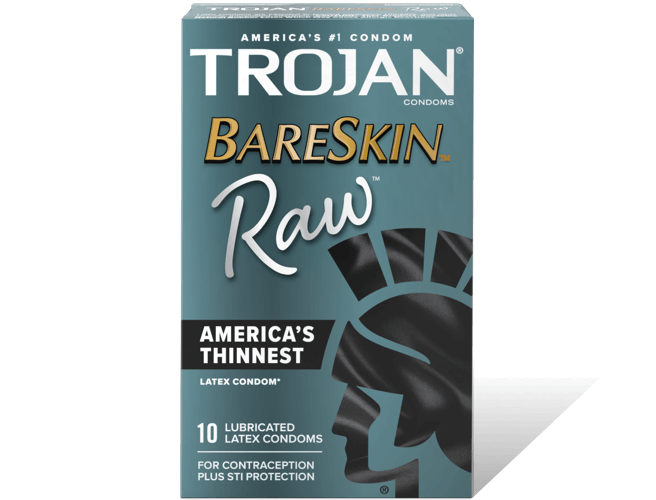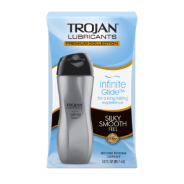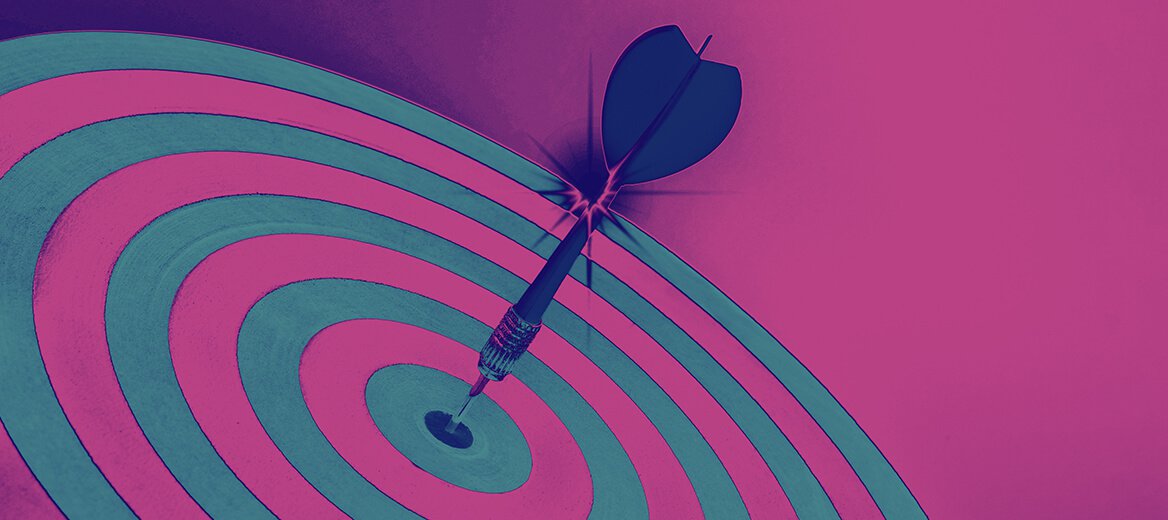Sex Tips
What You Need to Know About Orgasms & How to Have Better Orgasms

Is orgasm the main objective of sex? Well, ideally! Not only are orgasms ahh-Mazing; they are also important to your sex life and can help boost partner connectivity and emotional wellbeing. But what exactly happens during an orgasm, and are there different types? Come with us on this orgasmic journey and learn what you can do to have better orgasms.
What Is an Orgasm?
An orgasm is a physical climax in response to stimuli to the genitals or erogenous zones, which usually involves involuntary fast muscle contractions in the sexual organs, pelvic area, or anus. The physical responses are typically accompanied by a few seconds of complete mental and emotional bliss.
It’s important to note that orgasms aren’t always common. A 2019 study found that women reach orgasm around 31-40 percent of the time during intercourse – and 22 percent suggested they never experienced an orgasm during sexual intercourse. So you might think of orgasms as something of a gold standard in the sexual experience.
What Does an Orgasm Feel Like?
Orgasms can feel warm and fuzzy, deeply emotional, physically intense, or all of the above. People with a vulva may feel intense contractions or pulsations in the genital area or throughout the body. Conversely, they may feel like a sudden release of tension. For people with a penis, orgasming often means ejaculating.
Intensity isn't an indication of quality, and the absence of an orgasm doesn't mean the experience is lacking or less meaningful. Every orgasm is unique, and a lot going on in a short time.
What Happens During Orgasm?
Orgasms are often described in terms of male and female orgasms, but people of all genders experience them. Here's a simplified summary of the mechanics.
During initial arousal, blood flow to the genitals increases and erectile tissue activates in the nipples, penis, and vulva. As feelings intensify, the body enters a state of heightened arousal leading to climax where rhythmic contractions in the genitals and surrounding areas begin.
Orgasmic contractions cause semen to be ejaculated from the penis, but it's also possible to orgasm without ejaculating – and you may experience a prostate orgasm during anal sex. Similar contractions occur in the vagina, cervix, and surrounding areas. Although vaginal ejaculation is possible, it's less common.
What Hormone is Released During Orgasms?
The body releases oxytocin hormone during an orgasm. Oxytocin is a naturally occurring hormone that helps manage functions in your reproductive system – including producing prostaglandins that help promote uterine contractions. It can also help promote feelings of bliss and trust.
However, while oxytocin is commonly thought of as the “love” hormone, it’s not the only hormone released during orgasm. Your body also releases dopamine, which can aid in feelings of pleasure and desire.
How Long Does an Orgasm Last?
Orgasms can last anywhere from seconds to close to a minute. But the pleasurable sensations can last longer. Each person and each orgasm is different and can last for varying times. After orgasming, your body then returns to its pre-arousal state over the next several minutes.
Is Squirting an Orgasm?
The act of squirting itself, or the expulsion of fluid during sex, is not considered an orgasm – but squirting often does occur during an orgasm. Some people may squirt every time they orgasm, others may not squirt at all.
Trying to help your partner squirt or want to see whether you can squirt yourself? We’ve got the squirting tips you need to help you achieve these sex goals.
Types of Orgasms
As we mentioned, orgasms can originate in several areas of the body – these include the genital area, anus, and erogenous zones:
Clitoral orgasms involve direct stimulation of the clitoris.
Vaginal orgasms are usually achieved through vaginal penetration with a penis, fingers or sex toys. Knowing how to stimulate the G-spot can help take these orgasms to the next level.
Anal orgasms are felt around the anal sphincter muscles due to anal stimulation. You might also associate anal orgasms with prostate (P-spot) orgasms since those are often achieved through anal sex or manual massaging. You might get a P-spot orgasm if you’re into strap-ons and BDSM play.
Combo orgasms occur when multiple areas are stimulated at the same time, for example, the vagina and clitoris, or penis and prostate. Involving multiple areas tends to make these orgasms more intense.
Erogenous zone orgasms prove that the genitals aren't the only game in town. Some people, for example, can be brought to orgasm solely through nipple play. It may take longer to climax this way, but it can definitely be worth the wait.
Maybe you haven’t experienced one of these types of orgasms. Take a peek at our sex bucket list and see whether you can take certain steps to enhance the desire. This could be amplifying your masturbation game. Or, maybe you need to kink-ify your sex life a little bit more to help you get off.
Why Can’t I Orgasm?
Not being able to orgasm can stem from several factors, ranging from psychological factors like stress to relationship factors such as poor communication or reduced intimacy. You might have health issues or conditions that limit the body’s potential to orgasm. Alcohol and smoking may also hinder your ability to orgasm.
Remember, orgasms don’t just happen whenever you have intercourse or masturbate. As we discussed, 22 percent of women have indicated they never experienced orgasm during intercourse. So, if you can’t orgasm – you certainly aren’t alone. The important thing is seeing whether you (or you and your partner) can take certain steps to promote psychological comfort and a sense of intimacy to complement the physical components.
How to Orgasm
Several factors come together in creating ideal circumstances for orgasms:
Get Comfy: Chances are best for an orgasm when you're relaxed and comfortable. Both physical and emotional comfort go a long way in allowing you and your partner to focus on the business of pleasure.
Don't Skimp on Foreplay: Foreplay plays an important role in building desire. Don't rush it. A feeling of "hurry up and get it over with" can be a total turn-off.
Condoms, Yes Please! In addition to protection, many condoms – like Trojan™ Ultra Ribbed – include pleasure enhancing features like ribbing and other textures designed to increase sensation and arousal. Others, such as Trojan™ Fire & Ice™ condoms, have built-in lubricant that can cause warming or tingling sensations.
Lube Like There's No Tomorrow: "There's too much lube!" said no one ever. By reducing friction and discomfort, personal lubricant keeps the wheels of love turning and allows more time to find that sweet spot and rhythm. You can also find lubes that prompt feelings of heat, tingling, or cooling for added sensation, like Trojan™ Arouses & Intensifies.
Pick Your Positions: Different sex positions may feel better for you or your partner in helping to reach a climax. Some of this may depend on the shape of your penis. For example, an upward curving penis may have better access to the G-Spot in doggy style sex. Alternatively, you might feel instant gratification when you get on top and ride your partner. Take turns leading and find out what works best for you and your partner.
Toys, Toys, Toys: Using a sex toy isn’t just a way to take your physical connection to a new level – it might be what you need to orgasm. Recent studies have shown women experience orgasms 21-30 percent of the time during unassisted intercourse, compared with 51-60 percent of the time during assisted intercourse. That’s because sex toys can help target certain areas, like the clitoris, that you might not address during intercourse. Grab a Trojan™ sex toy and, if you’re trying to experience orgasm during intercourse, communicate with your partner so you can level-set expectations and make sure things feel pleasurable for both of you.
Get Out of Your Head: This is no time to worry about looking cool or graceful. Concentrate on how you and your partner are feeling. Consider mixing in some dirty talk to amplify the mutual lust and pleasure. If it's a solo venture, forget about what other people say it's supposed to be like, and just enjoy!
You Do You – Literally: Nobody knows your body like you do. Discover what you like through solo play, and then you can teach that unique set of skills to your partner.
Ultimately, orgasms really do come down to you – both physically and mentally. That’s why it’s important to try to understand what you like best when it comes to foreplay, sex positions, sex toys, and lube so you (and your partner) can help provide phenomenal pleasure.
What is a Ruined Orgasm?
A “ruined” orgasm explains a situation when you are nearing the apex of sexual pleasure and intensity on the way to orgasm, only for a stimulus to be disrupted just before the climax. They are similar to edging – unlike edging, however, a ruined orgasm may be intentional or unintentional.
For example, ruined orgasms are sometimes thought of as a BDSM control kink between dominant and submissives. Or, your partner might be on the verge of orgasming while you’re giving them oral sex before you accidentally change up the tempo – which might spoil the big finish.
Again, this highlights the idea of knowing your body and, simultaneously, understanding how to communicate your desires to your partner. Plus, a simple “Keep going” or “Don’t stop!” may actually turn them on more and help them sustain the momentum and the stimuli you need to orgasm.
How to Have Multiple Orgasms
Exhibiting patience and creativity is an important part of having multiple orgasms.
After orgasm, there's a refractory period where the body goes back to its pre-arousal state. Several body systems send the mission accomplished signal to the brain after orgasm which pauses the action. The recovery period is very subjective depending on the time and the sexual organ you have.
Women and people with vulvas seem to require less recovery time, possibly because their state of arousal stays elevated longer after orgasm. Conversely, men and people with penises need a longer recovery period because the penis goes soft after ejaculation.
There are a few things you can do (in addition to the steps above) if you’re hoping to maximize your sexual experience by having multiple orgasms:
Edging can be used by all genders and involves cycles where you get close to climax but back off stimulation to keep the arousal going longer. This may result in more powerful or multiple orgasms.
Switch things up by changing the type of stimulation you or your partner receive. This may mean going for a different sex position to change the angle of penetration or changing the speed and rhythm when you’re using a sex toy.
Keep the clitoris front and center, as people with vulvas often experience orgasm through clitoral stimulation.
Maintain intimacy by kissing and cuddling after the moment of orgasm – the post-orgasm euphoria may even result in a stronger desire to keep going if the intimacy remains high.
Most importantly: give it time. You or your partner won’t always be able to have back-to-back orgasms. You might not be in the mood to do so, either. Having situational awareness and allowing for recovery and intimacy can go a long way in keeping the orgasms coming.
The Emotional and Social Sides of Orgasm
Orgasms are powerful. Emotionally, they can bring partners closer together while the inability to have them can weaken self-confidence and erode relationships. And the perceived social pressure to have bigger and better orgasms that occur with every sexual encounter can create mood-killing anxiety.
There's always room to explore new orgasmic heights - but don't let the quest for the ultimate, mind-blowing experience overshadow all the special, perhaps more humble moments along the way. Whatever type of climax you reach is perfectly wonderful, totally normal and uniquely yours.






